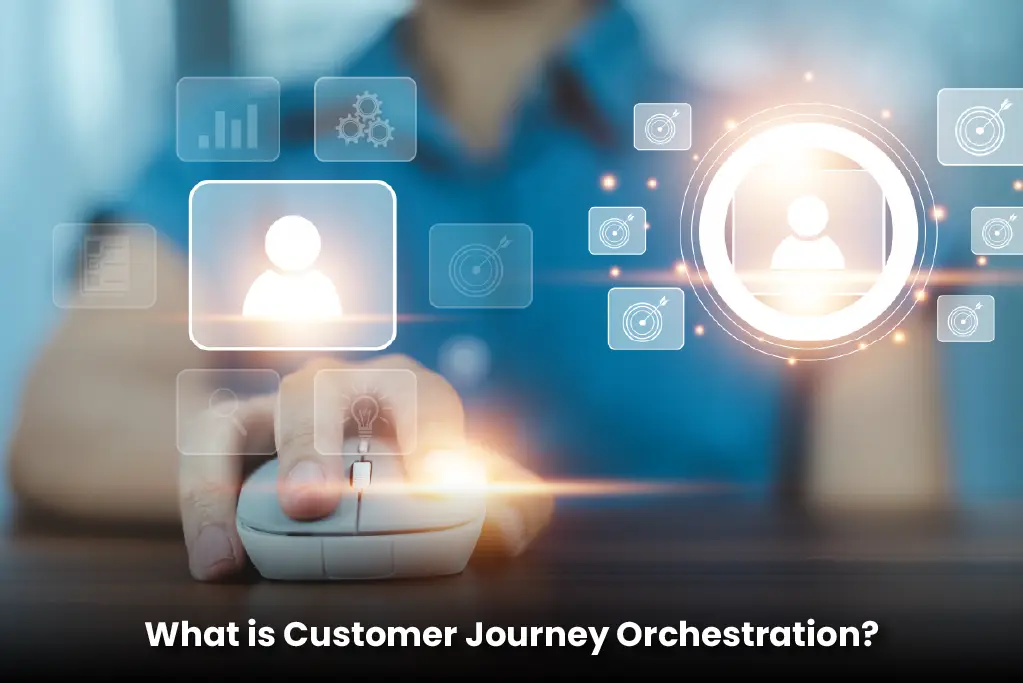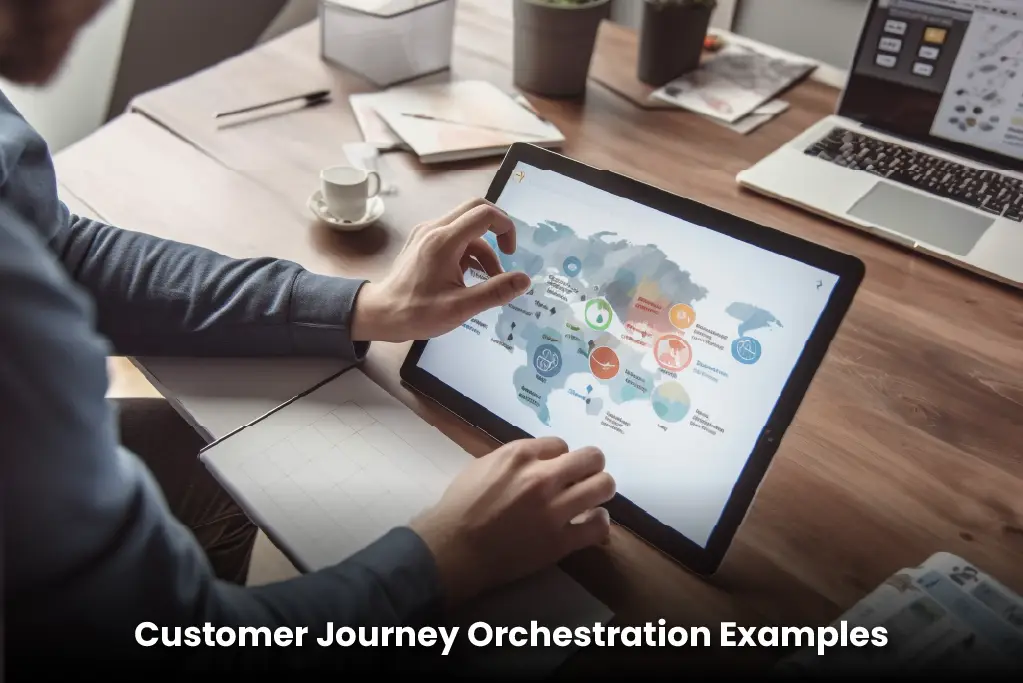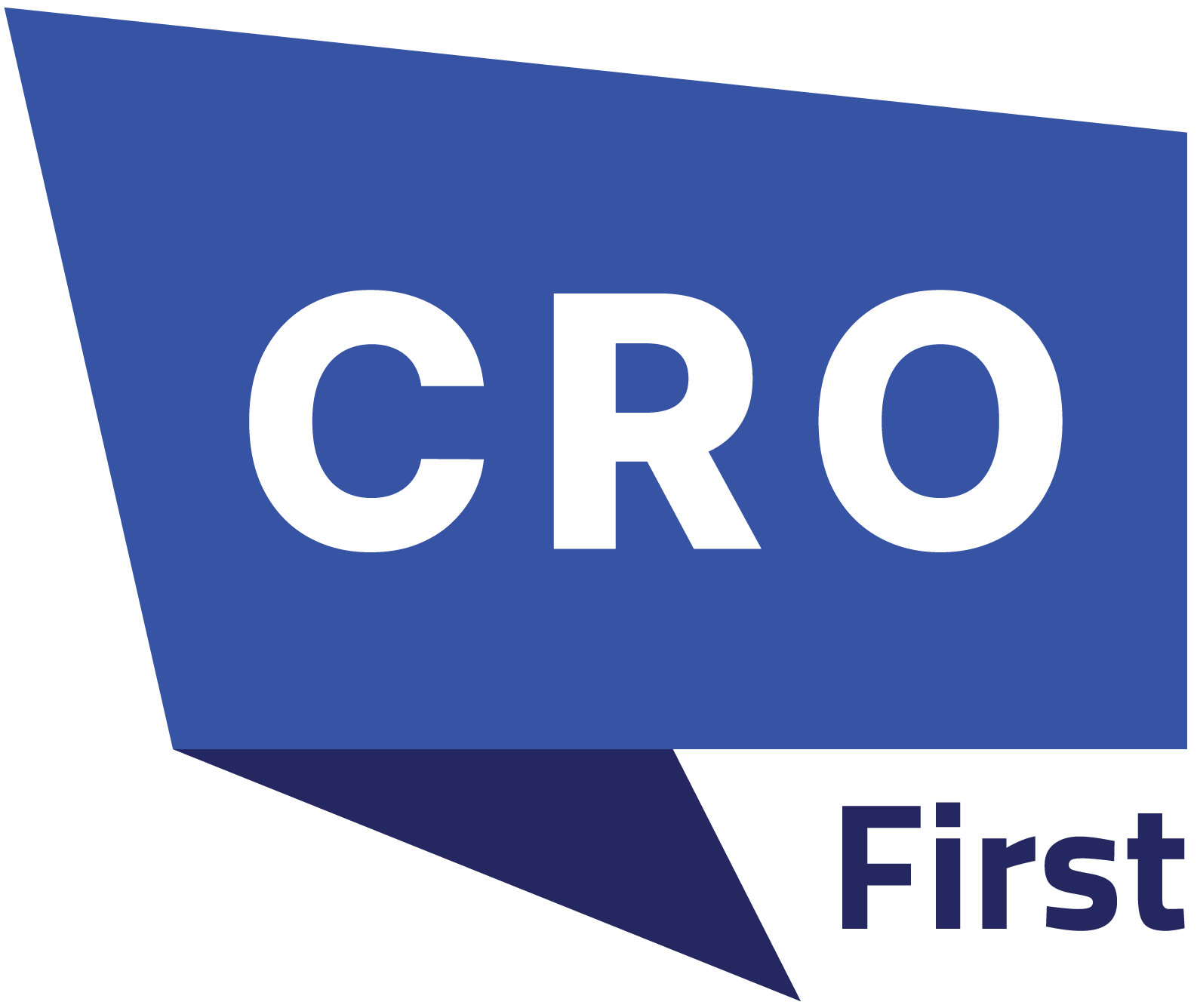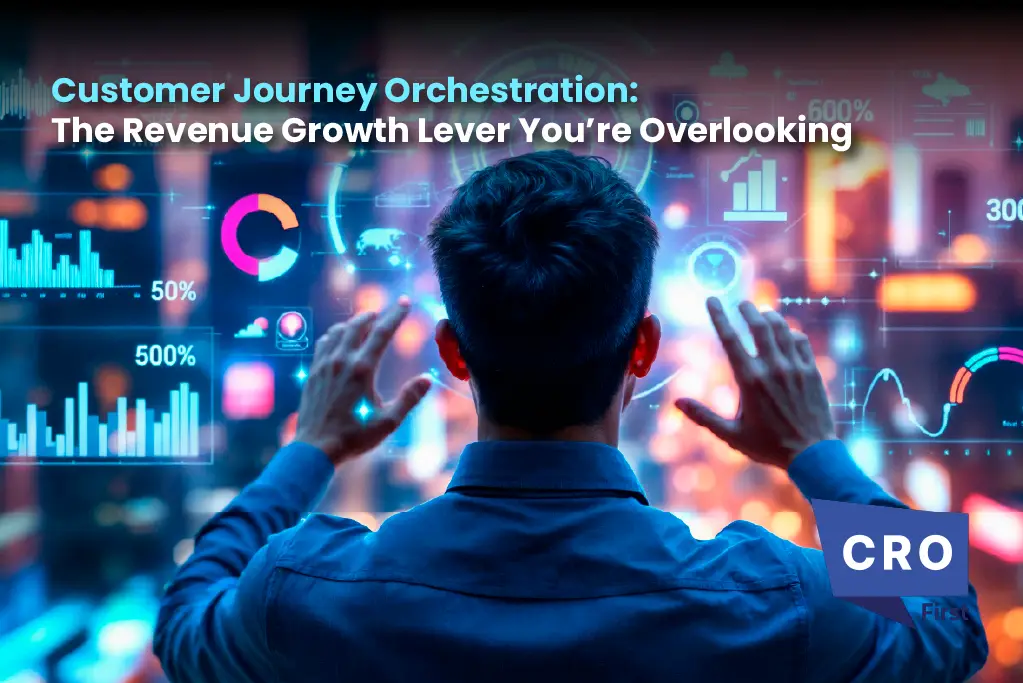In the dynamic realm of martech, customer journey orchestration is more than just a fad or a passing phase.
It’s a change in how companies see their audience interactions, and you have to embrace it if you want to meet consumer expectations.
Like a choose-your-own-adventure book, customer journey mapping enables each consumer to actively define their unique experience with your business. You are the author and the business, too. You offer them options and lead them along the path, guiding them to the ideal products and compelling them to buy.
It is expected of you to plan, develop, and modify their customer journey. Here’s all the information you need to accomplish that.
What is Customer Journey Orchestration?

Customer journey orchestration is the process of actively selecting how a consumer interacts with your business through all available channels by using real-time insights into their behavior. By tailoring a customer’s experience to meet their demands, the aim is to improve lifetime value and retention.
The steps a customer takes to become a customer of your company, meaning they make a purchase and may possibly return, are generally referred to as a customer journey.
It helps to map trends in these steps to identify the general paths taken by various customers and customer segments.
However, customer journey orchestration begins only when you begin to map the brand messaging a consumer receives as one-to-one responses to their activities in real time.
Business Benefits of Customer Journey Orchestration
Brands that integrate customer journey orchestration into their business strategy can reap hundreds of benefits, ranging from improved average order values and return on investment to heightened customer loyalty and engagement.
However, the primary benefit for any company implementing journey orchestration is the fundamental change in marketing. This is due to the fact that customer journey orchestration is the new, essential way to interact with your audience and is the future of e-commerce.
According to Forrester, one of the main advantages of journey orchestration is the flexibility it provides for businesses and the scale at which they can make the necessary adjustments. The goal of customer journey orchestration is to react instantly to shifting consumer behavior, and if the past ten years have taught us anything, it is that change is inevitable.
The core of e-commerce’s customer-led transformation is this flexibility. Instead of relying solely on reactive, wait-and-see outcomes, marketers may now directly and instantly alter their marketing approach.
Strategies are too disconnected from the particular choices of customers in the absence of customer journey orchestration. Regardless of the channel your company uses to interact with its audience, each one is unique. You will undoubtedly end up with rigid, isolated channels if you choose this channel-centric approach.
Your campaigns will always connect with your audience if you take a more customer-centric strategy, one that lets each customer’s distinct behavior interact with campaigns and creates experiences that are tailored to their interaction. Additionally, your audience’s real-time feedback directly influences the changes your campaigns make, so you can be sure that the next phase of their experience will delight them.
Customer Journey Orchestration Examples

Here are some instances of how giving value and exhibiting empathy through customer journey orchestration can improve company outcomes:
● Popups on the screen
Intelligent orchestration technologies are able to identify a user’s unfamiliarity in real time, instead of letting them wander aimlessly across your website or app. To help them better grasp your product, you may then employ pop-up notifications or customized in-app instructions.
This degree of coordination makes it easier to guide customers through desired interactions and direct their behavior, guaranteeing a flawless customer journey right from the start.
● Related Marketing Content
Let’s say your consumer has a problem that hasn’t been fixed and has lately contacted your customer support channels. Regular marketing promotions during this time are unlikely to be appreciated by them. According to studies, tailored promotional emails have a 41% higher click-through rate and a 29% higher open rate.
In this circumstance, journey orchestration is essential for assisting you in conveying more pertinent information, such as a feedback survey, to demonstrate your commitment to fixing problems and to show that you understand their situation. Only with integrated data management and real-time monitoring among your internal departments is this type of orchestration possible.
● Rewards for loyalty
A loyal consumer who regularly utilizes your product and is well-versed in its capabilities is likely to utilize your digital platform for extended periods of time. However, they might stay on your regular customer mailing list if your customer journey isn’t properly orchestrated.
By using journey orchestration, you can identify consumers who have reached a certain engagement threshold and provide them with exclusive offers that show your gratitude for their commitment, rather than bombarding them with pointless introductory promotional material. In addition to acknowledging their commitment to your company, this tactic would present a chance to encourage more purchasing.
Also Read: Growth Equity in Tech: What Revenue Leaders Should Know Before the First Term Sheet
The Crucial Steps in Customer Journey Mapping
The five fundamental steps of the customer journey are familiar to all marketers:
- The stage of brand awareness, during which building consumer trust is the aim.
- The stage of consideration, during which consumers are comparing different brands.
- The stage of decision-making during which people settle on a brand and finish the transaction.
- The retention stage, during which remarketing initiatives aim to maintain their interest.
- The stage of advocacy, in which the client turns into a brand ambassador.
However, this is by no means a comprehensive roadmap for companies looking to interact with their ideal clientele. These large, general stages don’t deal with the nuances of a customer’s experience. If you want a successful customer journey, there is a lot more to map out, but they are a wonderful place to start.
Here are the three things you need to do to increase pipeline efficiency and lifetime value and deliver an amazing customer experience.
Step 1: Get the Right Information
Getting the data right is key because it’s the foundation of a great customer journey. Data is the foundation for a consistent customer experience across channels, relevant product recommendations and customised messaging.
To get the data you need you need to access multiple sources, types and data sets, such as:
Events: information about a user’s behaviour during a session on a website, app or mobile browser.
Customer attributes: your customers’ names, addresses, phone numbers, birthdays and so on.
Transactional data: information from e-commerce or point of sale systems, such as purchases and returns.
Customer service data: information from CRM systems, such as live chat statistics, frequency, length and number of interactions, and NPS ratings.
To obtain a comprehensive picture of each individual customer, you may collect and arrange all of this transactional, demographic, and behavioral data with the use of a customer data platform. Although there is a lot of information, you may use it to your company’s benefit if you have the correct resources.
Step 2: Develop Omnichannel Campaigns
Your customer journey mapping will hit roadblocks and dead ends if you don’t go omnichannel.
Omnichannel commerce is a multichannel sales strategy that delivers a perfect customer experience. Whether a customer is shopping on their mobile, laptop or in store, it links all your channels and gives the same quality and service.
For customer journey orchestration a smooth experience is key. Customers should interact with you whenever and wherever it’s most convenient for them and every channel should be the experience they expect from your business.
Step 3: Examine, Document, and Optimize
Since customer journey orchestration depends on real-time data activation, your insights and analysis must be equally thorough and effective.
Standard analysis is insufficient to create omnichannel campaigns that individually tailor marketing efforts. Did you know that personalized CTAs (Call to Action) perform 202% better than generic ones? So, your insights must enable you to predict future customer intent and instantly connect the connections for advertising.
What kinds of content result in shopping sessions? Which channels do they have a higher chance of using next? In the past, which CTA resulted in a purchase? The optimal action, channel, message, and time to carry out your customer’s whole experience must be determined by your reporting.
To Conclude….
Businesses that wish to remain competitive, flexible, and really customer-centric must implement customer journey orchestration. Businesses can transition from static campaigns to dynamic, changing experiences that expand with their audience by utilizing real-time data, embracing an omnichannel approach, and optimizing each touchpoint. Enhancing marketing performance is only one goal; other goals include fostering enduring customer loyalty, promoting steady revenue development, and placing the needs of the consumer at the center of all decisions. Customer journey mapping is the key that turns insights into impact in a time where success is determined by personalization and agility.

